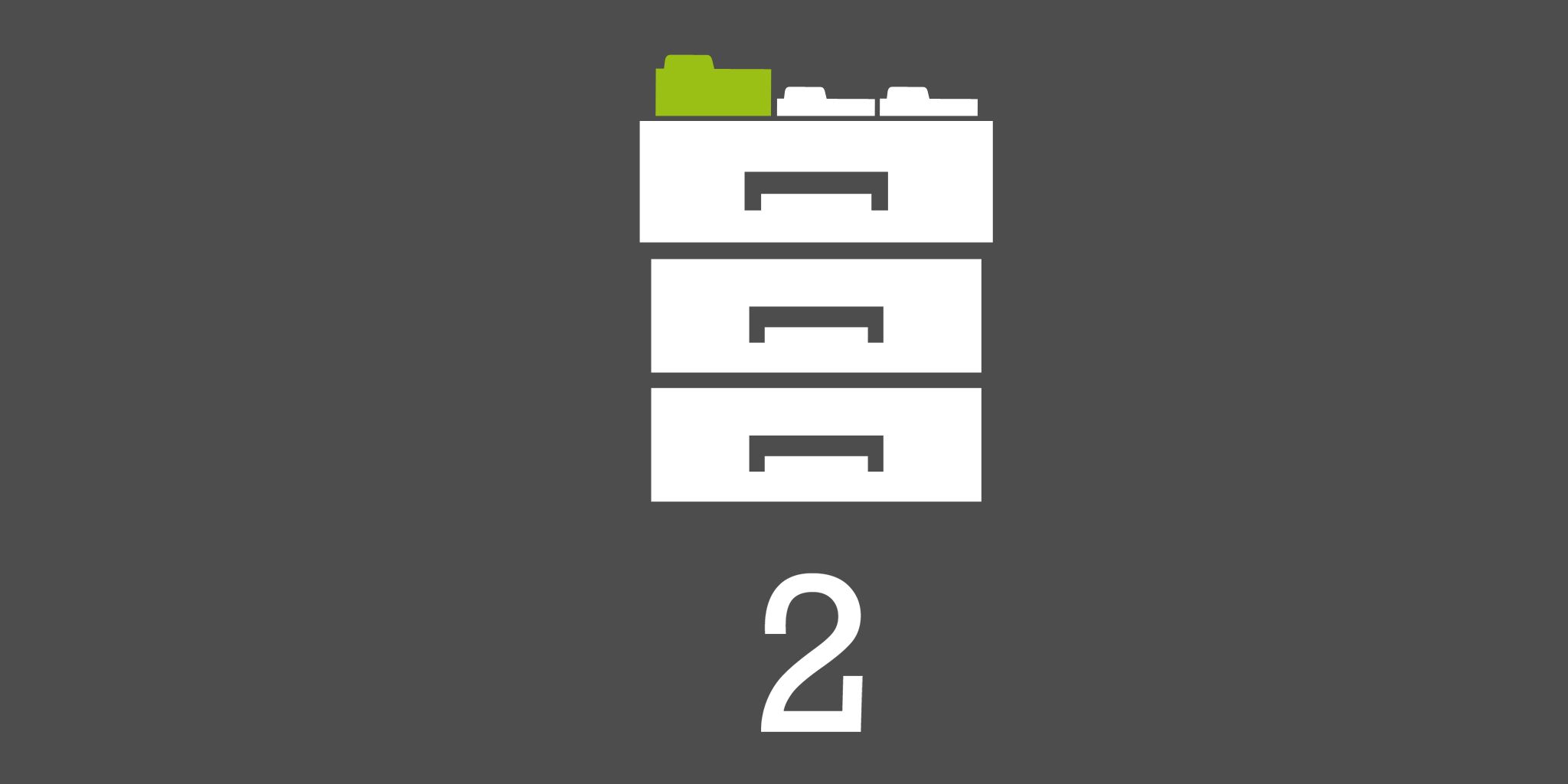Step 2: Organize tasks into Projects
I hope you’ve managed to take part in Step 1 “Clear Your Head” of my course (in the previous issue of Poductive! Magazine).
Step 2 is about organizing your tasks into projects. You’ll learn:
- How to divide your big, scary tasks into small, actionable steps
- The difference between projects and tasks, and how to draw the line
- Why you should create more projects than you think you have on your plate
- Why using great tools like Evernote or Dropbox alongside Nozbe will make your projects easy to complete
Enjoy my short 5-minute lesson and become a true “project manager”:
Course transcript:
Like it or not, you will become a Project Manager. We tend to think Project Managers are the guys who manage big investments, take-overs or big deals. We are all Project Managers as we manage our day-to-day tasks and projects of our lives.
Anything that requires more than one thing to do is a project. Here’s a list of possible projects: — “Birthday for my brother” — all the tasks that require organizing a birthday party — “Presentation for a meeting” — things to prepare like: outline, sketch, slides, clipart, and more. I guess you get the idea.
It’s easy to fall into the trap of adding a project as one task… and the task in our eyes becomes huge and unmanageable. That’s why if something requires more steps, make it a project and divide it into small, manageable tasks.
This happens to me all the time. Very often I convert a task to a project when I see it becoming bigger and more important and requiring at least two or three steps. I often start with a task and later “escalate it” to a project.
I keep the names of my projects short, yet try to make them as descriptive as possible. When I started creating Nozbe it was also my only project on my list. With the amount of different type of activities my application has created, I had to split this project into “Nozbe development”, “Nozbe marketing”, and many more…
The thing is, I’d rather have more projects than less. Contrary to what you might think, more projects means more transparency. With more projects I see all of my pending activities at one glance. Following the example with the “Nozbe” projects I have more than 20 projects associated with Nozbe these days.
With today’s technology and apps like Nozbe, I can move tasks, notes and files between projects easily (with few clicks) and I do it very often. Nothing is set in stone, as the tasks get done, many projects change and morph… and tasks migrate.
I prefer co-projects to sub-projects. Hierarchy can be very limiting. I prefer to have similar projects on the side rather than sub-projects. This is why in Nozbe we have project labels that group projects together.
Some of my projects have several labels, others have only one. My “Blog” project can be filed under “Nozbe” label if it’s a Nozbe blog as well as a “Writing” label that groups all my writing activities.
Labeling projects helps me maintain focus — something we talked about in Step 1. With labels I can filter the list of projects I want to see at each point in time. Even though I have around 50 active projects, I can see only 5—10 of them at a time, depending on the label.
I love to keep things simple. Adding priorities to projects or tasks feels like over-complicating the picture. I prefer just to re-organize projects with drag-and-drop in Nozbe. Projects on the top of the list have higher priorities. That’s it.
And if I have trouble finding a particular project or prefer to have an “ordered list” I can switch to the “alphabetical order” of the project list. Many productivity gurus suggest to keep your project list alphabetical.
Some projects have a clear “completion time” — meaning, they will be “done” at some point in time. Once all the tasks are “done” in these projects I’ll just mark them as “complete” and have them gone from my list.
However, I also treat projects as “lists”, meaning that some projects like “blogging ideas”, “being super-dad”, “Nozbe marketing” are never going to end as these projects keep on receiving tasks all of the time. And that’s OK, too.
Projects are not only tasks. Projects need reference or research material. In Nozbe we use notes and files as for that. These are very important when you’re doing a research for your project.
We also like other great apps like Dropbox and Evernote. That’s why we have a built-in syncing mechanism with these apps. Files and notes in these apps appear to relevant projects in Nozbe automatically as reference material.
To empower you to get your tasks in projects done, you can attach to tasks all of the reference materials you collected. You can simply comment on a task with a file, image, Youtube video, Evernote note, Dropbox file, whatever you want.
So there you are — a project manager. That’s right — it’s a reality that all of us busy professionals must embrace. Being productive means cranking those tasks first and later getting the projects done.
Are your tasks big and scary? Break them down into projects, slice them to pieces and get them done one by one. Collect your relevant reference material and when you learn these habits well, you’ll become a master Project manager. Good luck!

